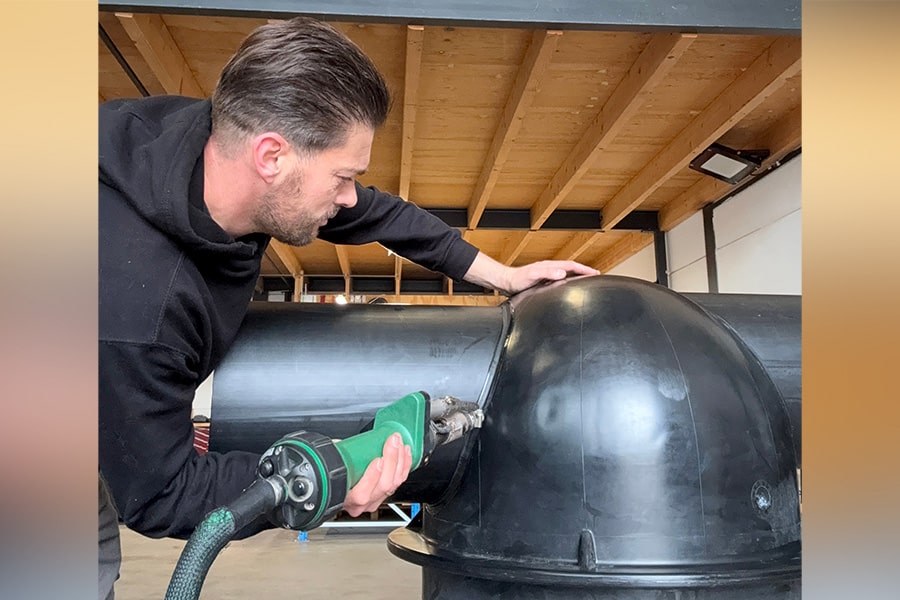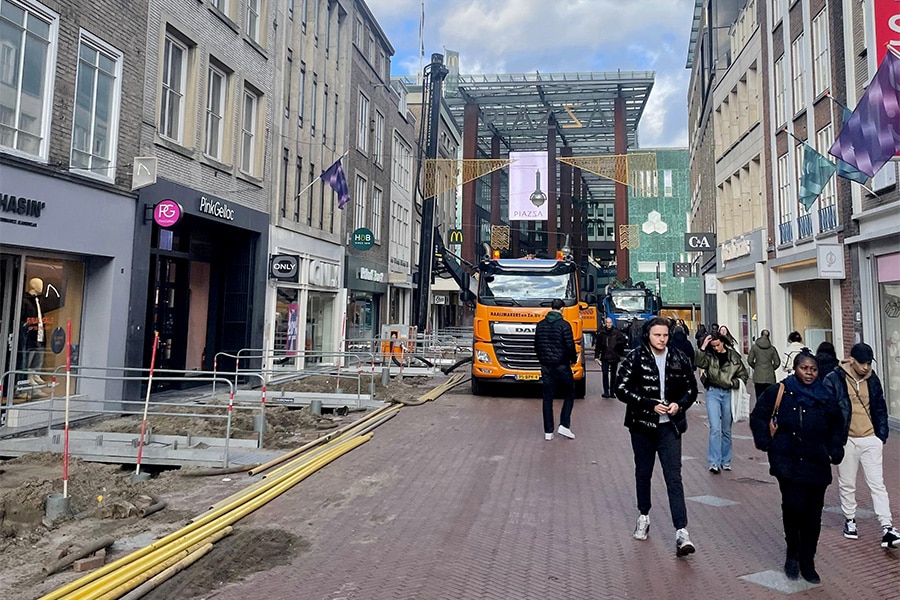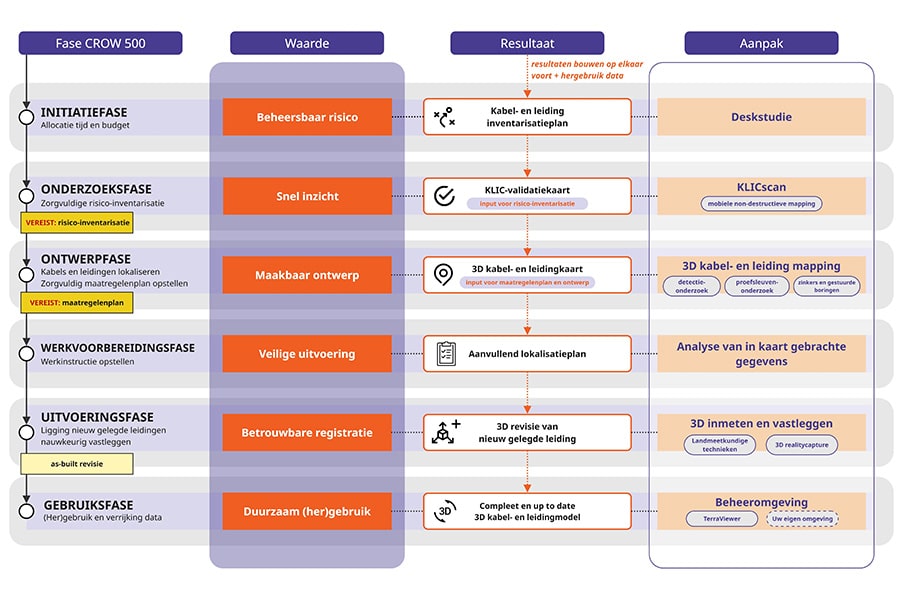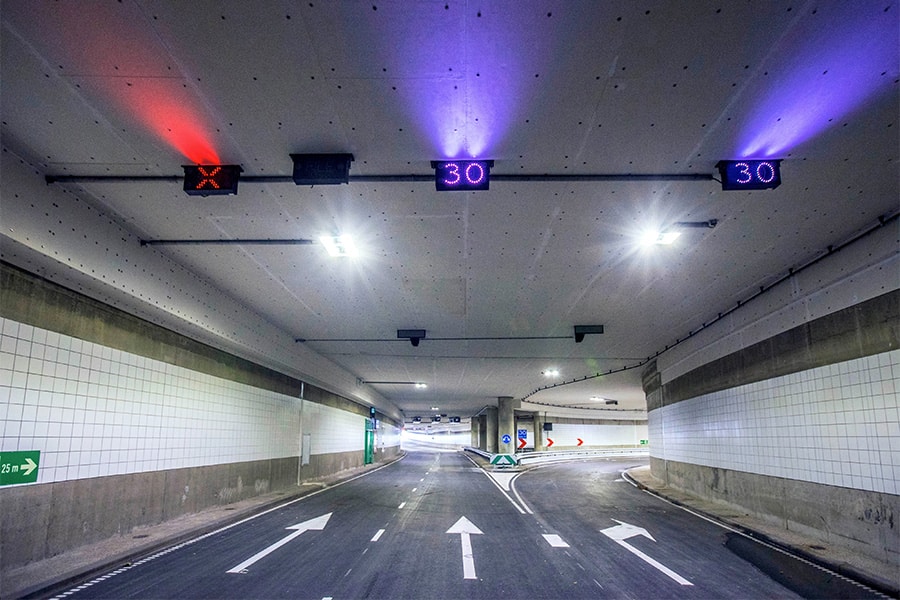
Good water management also means drought management
At the time of this writing, the news is full of reports of extreme flooding in the Netherlands, due to heavy rainfall. The bizarre thing is that this sudden issue literally follows the previous problem: water shortage, due to persistent hot weather. There are literally less than two days between messages like "don't fill your pool to save water" and "vacation park flooded." There is no denying climate change. As a result, water management has become more important than ever.
Richard Janssen, owner and director at Nering Bögel, talks to us about possible solutions to kill two birds with one stone. "Good water management also means drought management," he says. At the end of 2018, Nering Bögel launched the 'dry feet Netherlands' competition (see GWW 6 - 2018, ed.) Janssen: "We were able to form a "water think tank" with 15 university students tasked with producing ideas for dealing with the problem of flooding other than buffering and infiltration. Yes, revolutionary they certainly were, but not yet feasible in today's time. Perhaps in the future..."
Storing rainwater
Janssen continues: "For the time being, we will have to deal with flooding and drought in a mechanical way. Climate change has upset the balance between wet and dry. Too much water in a short period of time, or too little water over a longer period of heat. We will have to "save" that huge splash of water that keeps coming over us for periods of drought. So that means we will no longer have to drain the water 'rücksichtslos', but will have to start buffering it. That requires a tipping point in our 'sewer thinking'."
Buffering and infiltration are now the only options that can be realized in practice. "That starts at your own home, where more greenery and less tiles or concrete can already contribute. Still, that's a drop in the bucket," Janssen suggests. "The extremes are only expected to increase. That calls for controllable storage basins and starts with making the best possible use of our existing sewer system. Maintenance is the key word, preventing blockages from street dirt and leaves, making sure air can escape from pipes. An air bubble that cannot escape functions as a valve. Keep drainage points -columns and gutters- well clean. Install enough sump pumps at crucial points so they can pump excess water to larger pipes or buffer wells. There the water can then be temporarily stored."
Ensure that the quality of stored water is and remains good
Storing rainwater alone won't get you there, we learn. Janssen explains: "Basically, rainwater is polluted. Namely, it carries street dirt and oil. Therefore, it is important to also purify the buffered water from solids and oily substances, so that it is immediately ready for use when drought threatens."
Manhole covers equipped with venting capabilities
A well-known problem with flooding is that manhole covers get the free run when there is overpressure from the sewer system. Life-threatening, is Janssen's opinion. "You can't see the opening of the sewer or know where the lid is. That's why lids should have a venting device, then the air can get out of the sewer. Then securing the lid at the edge will keep it in the right place. These are simple measures that in principle can be implemented immediately and already prevent a lot of suffering and reduce nuisance."
In conclusion, Janssen would like to explain what a good drainage system with buffer storage looks like in a specially created series of images.

2: Underground water treatment of buffer water.
3 and 4: Distribution of rainwater from buffer storage via control valves and pumping systems to users.
5: Custom street gullies for stormwater runoff (below) highway, very simple and energy-less.
6: Gully for rainwater, large free passage with dirt trap.
7: Sewer relief valve, manhole cover can't go away when water rises and relieve sewer pressure.




